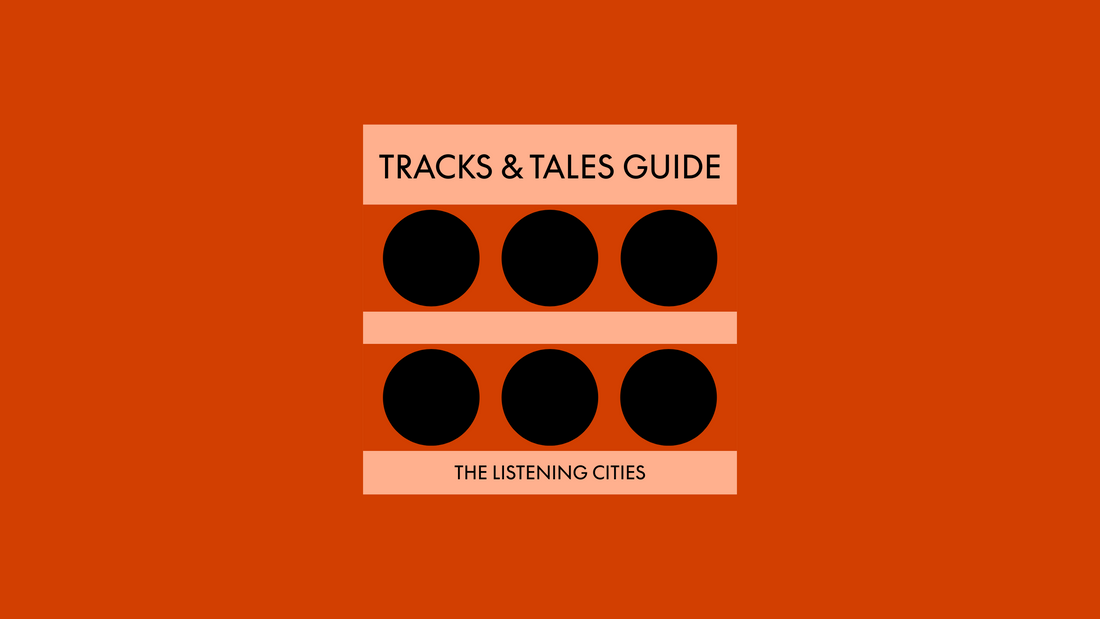
New York: Listening Bars — Jazz Legacies and Modern Sanctuaries
By Rafi Mercer
New York hums at all hours. Taxi horns, steam grates, conversations on stoops, subway brakes screeching in the tunnels below. It is a city built on noise — and yet, tucked into its grid, you find places that offer the opposite: spaces of focus, intimacy, and fidelity. In recent years, New York has embraced the listening bar not as an import, but as a rediscovery. For a city that gave the world so much recorded music — from Blue Note jazz to disco 12-inches, from hip-hop mixtapes to loft house parties — the idea that nightlife might revolve around attentive listening feels both new and inevitable.
The lineage is deep. Long before the words “listening bar” entered the lexicon, New York’s jazz clubs were built on the same principle. At the Village Vanguard, founded in 1935, audiences sat in reverent silence as Coltrane, Mingus, and Evans stretched sound into architecture. The city’s loft scene in the seventies and eighties — intimate parties where DJs like David Mancuso tuned systems with almost spiritual precision — was essentially a listening bar before its time. Sound was not background, it was everything.
Today’s listening bars carry this DNA into a new century. The most visible is Public Records in Gowanus, a sprawling yet carefully tuned complex. Its Sound Room is a study in precision: a custom system by Devon Turnbull (Ojas), minimalist design, and selectors who treat records with curator’s care. Here, the philosophy is fidelity without elitism — audiences range from audiophiles to casual drinkers, but the respect for sound unites them.
Elsewhere, the scale shrinks but the intensity remains. Eavesdrop, in Greenpoint, is barely more than a long bar and a set of glowing Klipschorns, but its intimacy recalls Tokyo’s kissaten. Drinks are poured, conversation flows, but when the right record plays, the room seems to bend around it. There is also Jungle Bird in Chelsea, Tokyo Record Bar in Greenwich Village — playful, reverent nods to the Japanese model — and countless smaller rooms that blur the lines between café, bar, and venue.
What distinguishes New York is its plurality of listening cultures. In one night, you could move from Public Records’ hi-fi temple to a Harlem jazz club to a Brooklyn basement party with a system tuned for dub. Each has a different lineage — jazz, disco, hip-hop, techno — but all share the conviction that sound deserves attention.
Design here is eclectic. Some bars lean into mid-century modern, echoing Japanese austerity. Others feel more industrial, with exposed brick and raw edges. What matters most is the system: tube amps glowing like votive candles, vintage horns commanding the room, vinyl handled as if it were sculpture.
Globally, New York’s contribution is important. If Tokyo provided the form and London the cosmopolitan polish, New York brings history. The listening bar here is not a novelty but a continuation — of jazz clubs, loft parties, and audiophile traditions stretching back a century. It positions the city not as a follower of Tokyo, but as a co-author of the global listening culture.
And so, to sit in one of these rooms — a martini at hand, a Coltrane ballad unfolding, the city’s roar muted to a murmur — is to understand New York differently. Not as restless, not as loud, but as attentive. Here, listening is not retreat. It is communion.
Rafi Mercer writes about the spaces where music matters. For more stories from Tracks & Tales, subscribe here, or click here to read more.














